The Hidden Connection Between Temperature and Sleep Quality
Most people understand that a good night’s sleep depends on factors like a comfortable mattress, a dark room, and a quiet environment. Yet, one of the most overlooked yet critical elements affecting sleep is temperature. The relationship between body temperature and sleep is deeply rooted in human biology, and even slight deviations from the ideal range can disrupt rest. Whether it's a sweltering summer night or a chilly winter evening, temperature plays a silent but powerful role in determining how well—or how poorly—we sleep.
The Science of Thermoregulation and Sleep
Our bodies follow a natural circadian rhythm, an internal clock that regulates sleep-wake cycles. Part of this rhythm involves subtle changes in core body temperature. As evening approaches, the body begins to cool down, a process that signals the brain to prepare for sleep. This drop in temperature is not accidental; it’s an evolutionary mechanism designed to conserve energy and facilitate rest. When external temperatures interfere with this natural cooling process, the body struggles to transition into deep sleep stages.
Research has shown that the ideal room temperature for sleep falls between 60 and 67 degrees Fahrenheit (15.5 to 19.5 degrees Celsius). In this range, the body can efficiently dissipate heat, allowing for smoother entry into restorative sleep phases like REM and slow-wave sleep. Temperatures outside this range—whether too hot or too cold—force the body to work harder to maintain equilibrium, leading to fragmented sleep and frequent awakenings.
How Heat Disrupts Sleep
High temperatures are particularly detrimental to sleep quality. When the room is too warm, the body’s ability to shed excess heat is compromised. This can lead to prolonged periods of light sleep and reduced time in deep sleep, the phase critical for physical recovery and memory consolidation. Sweating, a natural cooling mechanism, can also become a nuisance, causing discomfort and forcing the sleeper to wake up to adjust bedding or clothing.
Heat doesn’t just affect sleep onset; it also impacts sleep maintenance. Studies have found that people are more likely to wake up during the second half of the night when temperatures rise, as the body’s thermoregulatory system becomes more sensitive in the early morning hours. This explains why many individuals find it harder to stay asleep during hot summer nights, even if they initially fall asleep without difficulty.
The Cold Sleep Paradox
While excessive heat is widely recognized as a sleep disruptor, cold temperatures present a more nuanced challenge. Mild cold can actually promote sleep by encouraging the body to conserve heat, which aligns with the natural drop in core temperature. However, extreme cold has the opposite effect, triggering shivering and forcing the body to generate heat—processes that are incompatible with relaxation and sleep.
Another issue with cold environments is the tendency to over-bundle. Piling on heavy blankets may create a false sense of warmth, but it can also lead to overheating later in the night. The key is to strike a balance: keeping the room cool enough to facilitate sleep but not so cold that it becomes uncomfortable. Layering breathable bedding allows for adjustments as body temperature fluctuates throughout the night.
Personal Variations and Lifestyle Factors
Not everyone responds to temperature in the same way. Age, metabolism, and even gender influence how individuals perceive and react to thermal conditions during sleep. Older adults, for example, often prefer slightly warmer environments due to reduced circulation, while younger people may thrive in cooler settings. Women, who generally have slower metabolic rates than men, may also feel colder at night and require additional warmth.
Lifestyle choices further complicate the equation. Exercise, caffeine intake, and even late-night meals can alter body temperature and disrupt sleep. A vigorous workout too close to bedtime raises core temperature, delaying the natural cooling process. Similarly, spicy foods or alcohol can cause nighttime sweating, while caffeine stimulates metabolic activity, making it harder for the body to wind down.
Optimizing Your Sleep Environment
Creating the perfect sleep environment starts with temperature control. Investing in a programmable thermostat allows for gradual adjustments throughout the night, mimicking the body’s natural thermal curve. Cooling mattress toppers or breathable fabrics like cotton and linen can also help regulate temperature. For those who struggle with overheating, a fan or moisture-wicking bedding might provide relief.
It’s not just about the bedroom, either. Pre-sleep routines matter. Taking a warm bath an hour or two before bed might seem counterintuitive, but it actually helps by drawing blood to the skin’s surface and promoting heat loss afterward. Conversely, avoiding heavy meals and stimulants in the evening can prevent unwanted spikes in body temperature.
The Bigger Picture: Climate Change and Sleep
As global temperatures rise, the impact on sleep quality is becoming a public health concern. Heatwaves are increasingly common, and without access to air conditioning, many people face nights of restless sleep. Chronic sleep deprivation linked to high temperatures has been associated with decreased productivity, impaired cognitive function, and even long-term health risks like cardiovascular disease.
Understanding the connection between temperature and sleep isn’t just about personal comfort—it’s about recognizing a fundamental biological need. In a world where sleep is often sacrificed for productivity, paying attention to thermal comfort could be the missing piece in achieving truly restorative rest.

By /May 22, 2025
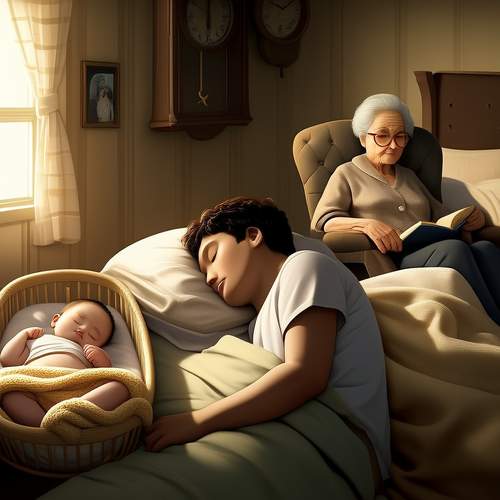
By /May 22, 2025

By /May 22, 2025
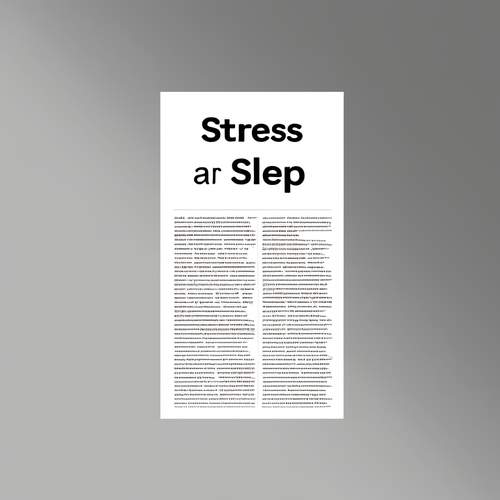
By /May 22, 2025

By /May 22, 2025

By /May 22, 2025
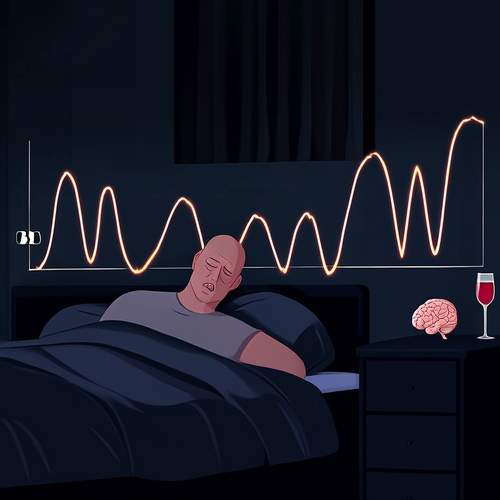
By /May 22, 2025

By /May 21, 2025
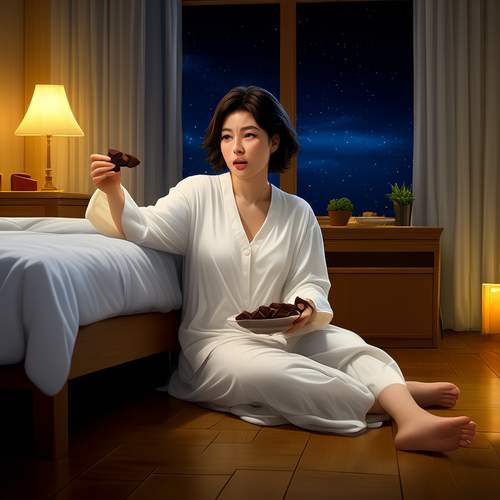
By /May 21, 2025
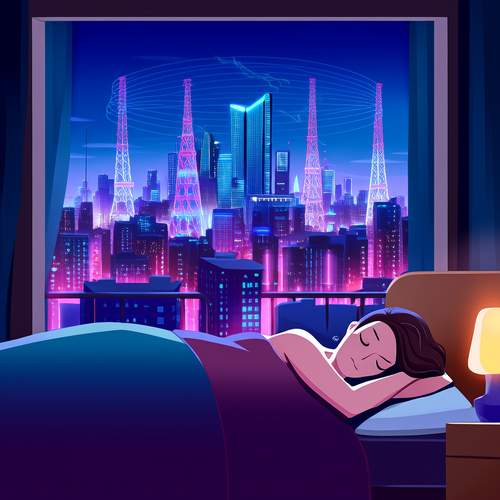
By /May 21, 2025

By /May 21, 2025
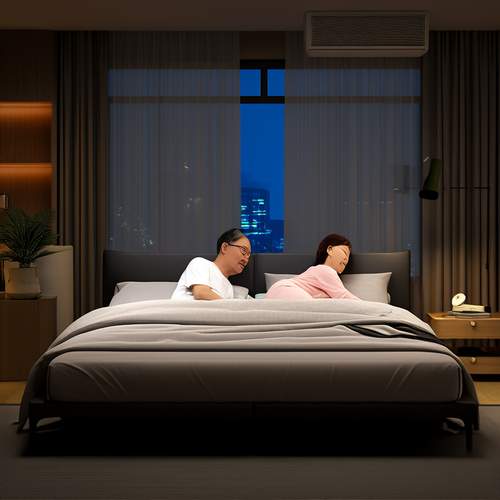
By /May 21, 2025

By /May 21, 2025
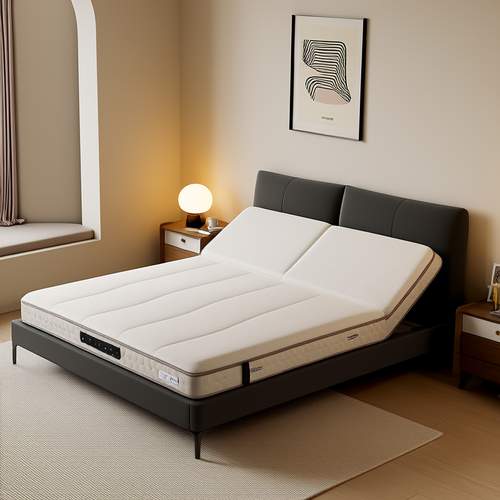
By /May 21, 2025
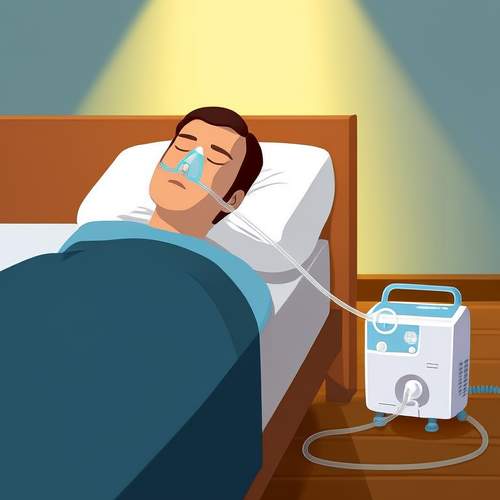
By /May 21, 2025
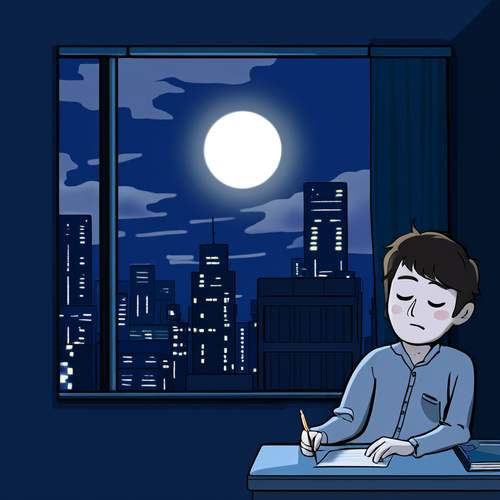
By /May 21, 2025

By /May 21, 2025